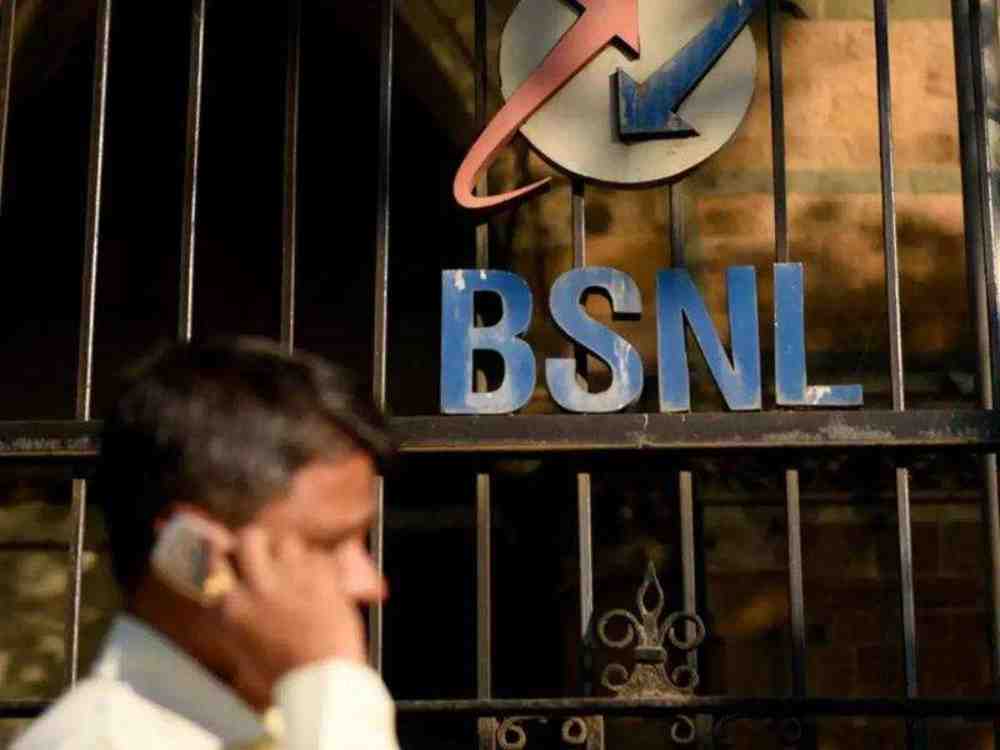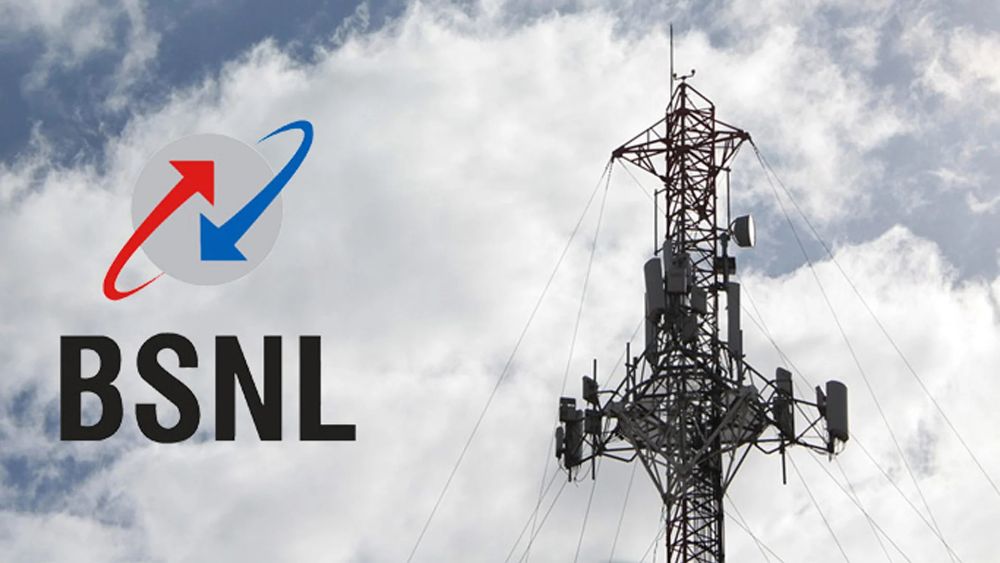The Indian telecom sector has been witnessing significant changes in recent years. While the government has taken steps to revive struggling public sector telecom companies, the fortunes of Mahanagar Telephone Nigam Limited (MTNL) and Bharat Sanchar Nigam Limited (BSNL) have diverged. In this article, we explore the challenges faced by MTNL, its potential termination, and the revival of BSNL with a focus on its financial package and improved performance.

MTNL’s Struggles:
Despite government support, MTNL continues to face significant losses, with reported losses of INR 23,000 crores and indications that this figure may rise to INR 40,000 crores. Consequently, the central government is considering the termination of MTNL’s operations, which will also nullify the previous decision to merge MTNL with BSNL. The company’s mounting debts, declining operating income, and increased operating expenses have contributed to its financial crisis.

BSNL’s Revival:
In contrast to MTNL, BSNL has experienced a turnaround in its fortunes. The Union Cabinet has approved a substantial financial package worth INR 89,047 crores to revive BSNL. This package includes the allocation of 4G/5G spectrum and aims to strengthen the company’s financial position. BSNL’s revenue has shown positive growth, reaching INR 20,700 crores in FY 2023 compared to INR 19,052 crores in the previous financial year.
No MTNL-BSNL Merger:

The termination of MTNL’s operations will also eliminate the planned merger between MTNL and BSNL. Instead, there are indications that MTNL employees, estimated to be around 18,000, may be transferred to BSNL.
MTNL’s Financial Challenges:

In the last financial year, MTNL reported a loss of INR 2,910 crores, compared to INR 2,602 crores in the previous year. Operating income decreased from INR 1,069 crores to INR 861 crores, and operating expenses increased from INR 4,299 crores to INR 4,384 crores. The company’s outstanding debt also rose from INR 19,661 crores to INR 23,500 crores.
BSNL’s Promising Performance:
BSNL’s financial package, including the allocation of spectrum, has contributed to its positive trajectory. The company has shown operating profits since FY 2022, and its debt has reduced from INR 32,944 crores to INR 22,289 crores. Additionally, BSNL’s revenue growth in FY 2023 can be attributed to the increased number of fiber-to-the-home (FTTH) connections, leased line services, and other operating income. The FTTH business, in particular, experienced significant growth of 30% year-on-year.

The Indian telecom sector is undergoing a significant transformation, with MTNL facing the possibility of termination and BSNL enjoying a revival. The financial package approved for BSNL, along with its improved performance, indicates a positive outlook for the company’s future. As the telecom industry continues to evolve, it remains crucial for the government and telecom operators to adapt to changing market dynamics to ensure the sector’s growth and stability.
